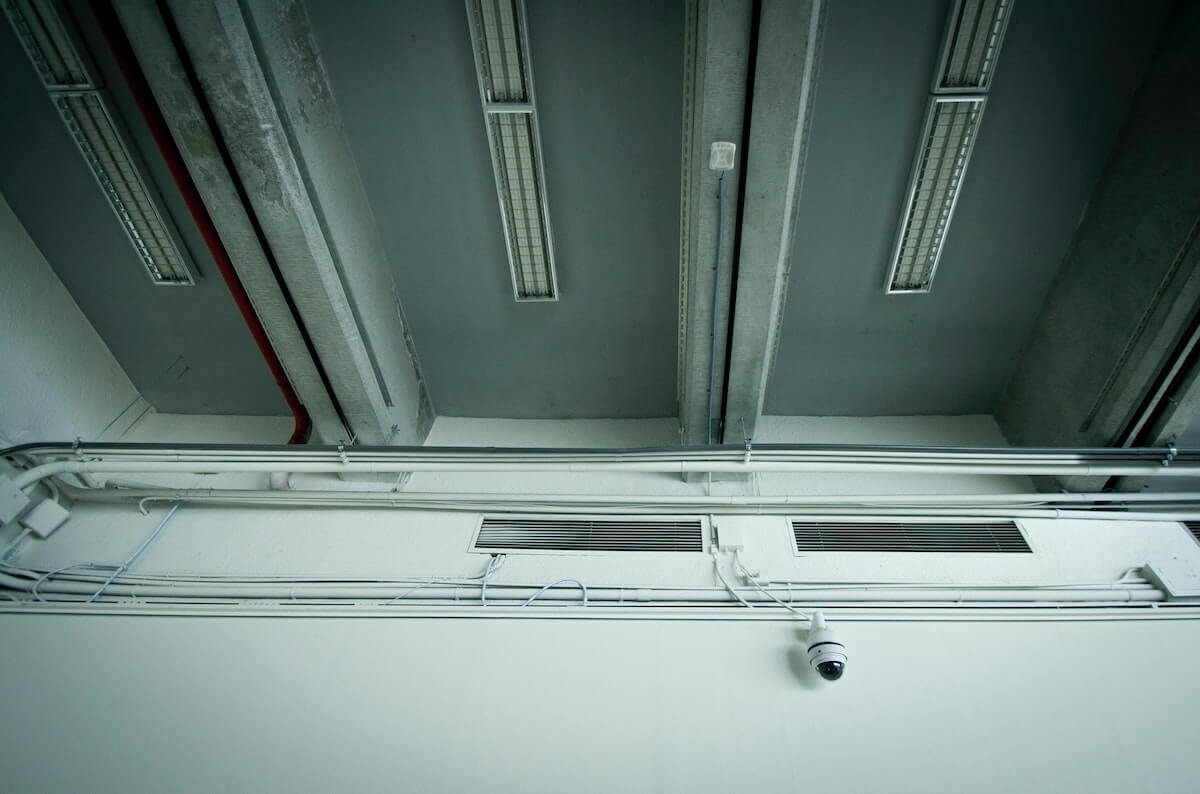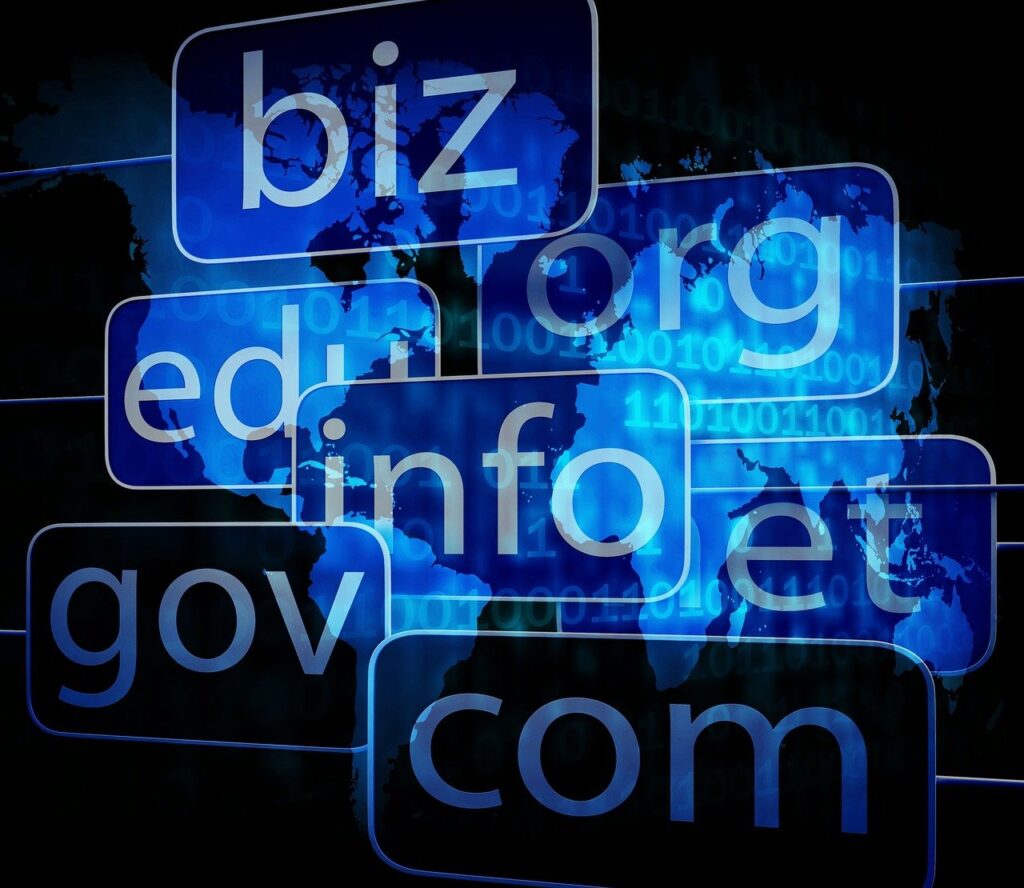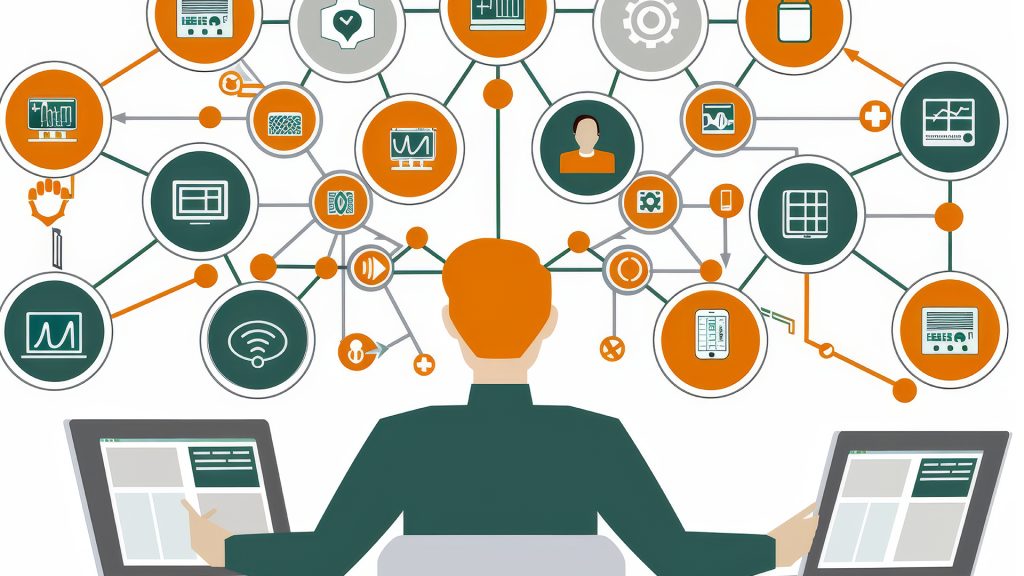Key Areas of Security Planning for Critical Infrastructure
Critical infrastructure is vital, providing us with fundamental cyber and physical systems. With this being said, there is an obvious need for security planning in these areas to be well thought out and considered to a sufficient level.
Here we’ll look into some of the top-of-the-range technologies that will change the game of security planning.
Leveraging hybrid systems made up of cloud and on-premise servers
It’s essential that there is more than one security system in place for something as important as critical infrastructure. This ensures that if one system is faulty or goes down, the other can stand in its place until the hybrid system is able to run again.
You can also set your systems to recognise and grant access to certain members of staff who may differ from each other. This means that each staff member who has access should fully understand how not to compromise their data and to keep their access credentials private and unique.
Integrating cyber and physical access control
To enforce a high level of access control, using video security for identity verification is a solid route to go down. Video security can then be synced with cybersecurity tools to ensure that the person entering a secured facility is actually the right person. This reduces the risk factors when it comes to verifying human identity.
Additionally, integrating your access control system with visitor management software will enhance the security of your building and accelerate the check-in process. Like commercial building access control systems, visitor management software utilises cloud-based tech to help organisations manage and automate visitor check-ins through registration and sign-in/sign-out.
When security systems are used together, they are, of course, both susceptible to risks and attacks. However, the combination of physical and cyber security creates a combined strong force that is more challenging to crack.
Automated video analytics powered by AI
AI is a great way to identify and track individuals, which is an incredibly useful tool to have when security planning. Additionally, it is easier to spot or predict anomalies across multiple sites when using AI, which helps prevent and counteract security risks quickly and effectively.
When using a commercial-grade security camera system, you can use AI-powered analytics to help your business decisions further, as you can keep a note of usage and tailor your business operations to those activities.
Integrating cloud-based technologies
Creating a ‘smart’ building is the best option when managing the security of an office, business space or block of apartments that houses classified and confidential information. This way, you can use your cloud-based data to access and oversee who is entering the premises. From here, you will be able to change the settings to put triggers in place in case security is breached at any point.
Secure high-risk areas
If there are areas of physical and cyber storage that are even kept confidential from some of your staff, it would be apparent that these high-risk areas should have extra layers of security to protect them.
In cyber situations, you can use authenticators to ensure only the select few individuals who should be viewing the high-risk content have access to it. In physical circumstances, you can use RFID systems that pick up frequencies from recognised mobile devices that have been stored within the system.
Phone-oriented security management
Being able to oversee and manage security from your mobile device is advantageous. It gives you a lot of leeway in being able to leave the office and leave devices unattended. This is because security managers will be able to get real-time alerts on any device from any location, all on one platform.
You can set up phone-oriented security management simply by using cloud-based security, as this will allow you to access everything all in one place.
Here are some benefits of phone-oriented security management to consider;
Ability to manage operations remotely from any destination. Enhanced security and backing up of data that you can access at any time. Connections to offices/on-site premises should there be a security situation that needs attention.
Summary
When planning security for critical infrastructure, there are some definitive key areas that you can hone your focus on to gain the safest and most secure environment. Using a blend of both cloud-based and physical security measures will guarantee you have sufficient backup options in place if one system fails.









